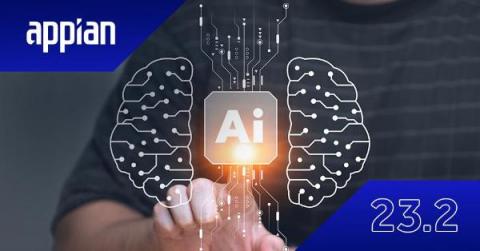What are Data Silos and 5 Best Practices to Eliminate Them
Using data to make decisions is actually really hard. Yet nearly every tech company, business, and team touts “data-driven” as the de-facto way that they operate. In practice, this intention to be data-led is often just aspirational—only about a quarter of organizations report that they are actually data-driven, according to Harvard Business Review. It’s easy to see why organizations strive to more effectively use their data.











